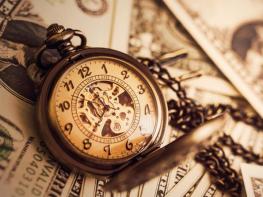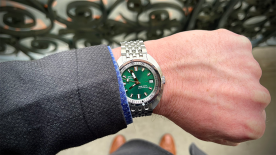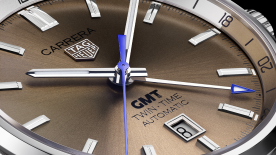WorldTempus reproduces this article by Sean Li, originally published here, with kind permission of Hong Kong Tatler.
I’m always honoured when an acquaintance seeks my advice on making a purchase. First I ask if they have a favourite brand or if a specific watch has caught their eye so I can gauge what might interest them from an aesthetic point of view.
But there’s almost always another factor on the potential buyer’s mind—which watch will be the safest investment? This is the most difficult element of the decision, because one can only make an educated guess as to the future value of a specific watch.
Most in experienced horological circles will tell you to buy what you like within your budget, and to enjoy and wear it. But the fact remains that a watch’s ability to hold its value or to appreciate is an important consideration, so here are a few guidelines to help in making a decision.
The market has grown to such an extent in recent years that we are spoilt for choice.
The sheer number of timepieces available—from the new annual collections, existing collections still in production, and remaining stock from previous years—tends to dilute the residual value of new timepieces. You only need to look at the auction estimates for recent watches, and the large numbers presented at sales in Hong Kong, New York and Geneva, to see the effect of large stocks in the market on the value of watches.
The good news is that challenging times for retailers mean it’s a buyer’s market. The range of available timepieces is vast and boutiques are greeting buyers with open arms. Check recent auction results to see which brands have achieved good results with modern watches, which gives an indication of their potential to retain value.
A watch’s rarity is also a significant factor, but beware the words “limited edition,” which are used loosely all too frequently. If the run goes into four digits, it’s stretching the definition of “limited” when it comes to watches. A low three-digit production or even double digits is preferable, but will probably be priced accordingly.
Don’t automatically shun pieces that seem to have been unpopular. Some of the most successful watches at auction today were the ugly ducklings of yesteryear. The lack of commercial enthusiasm for them at the time of their introduction led to very limited production, as the brands reduced and ultimately stopped making a particular collection. Hence rarity.
Assessment of vintage watches involves additional factors similar to those used in the art world. As with new watches, the rarity of the piece is important, but a buyer must also consider its condition and provenance. The former is the state the watch is in, whether it has had a very active life and might be the worse for wear.
Condition also refers to whether the watch is original—has it been restored or refurbished at any point? This is a minefield, for the older the watch, the more difficult it is to determine what restoration or servicing may have been carried out, if any. There are also numerous fakes and what are called Frankenwatches—pieces that seem unique but are actually a combination of parts from different watches. Provenance refers to the watch’s origin, where it was purchased, and its previous owners.
A number of true investment-grade watches have gone to auction in recent months, but they have been setting some eye-watering records, putting them out of reach of the casual buyer.
The old adage stands: buy what you like and enjoy it. A gain in value should be considered a bonus. With some careful selection, you may be able to swing the odds in your favour. No matter what you do, though, wear your watch. There’s nothing worse than keeping a mechanical timepiece locked away in a safe for years waiting for it to appreciate.





